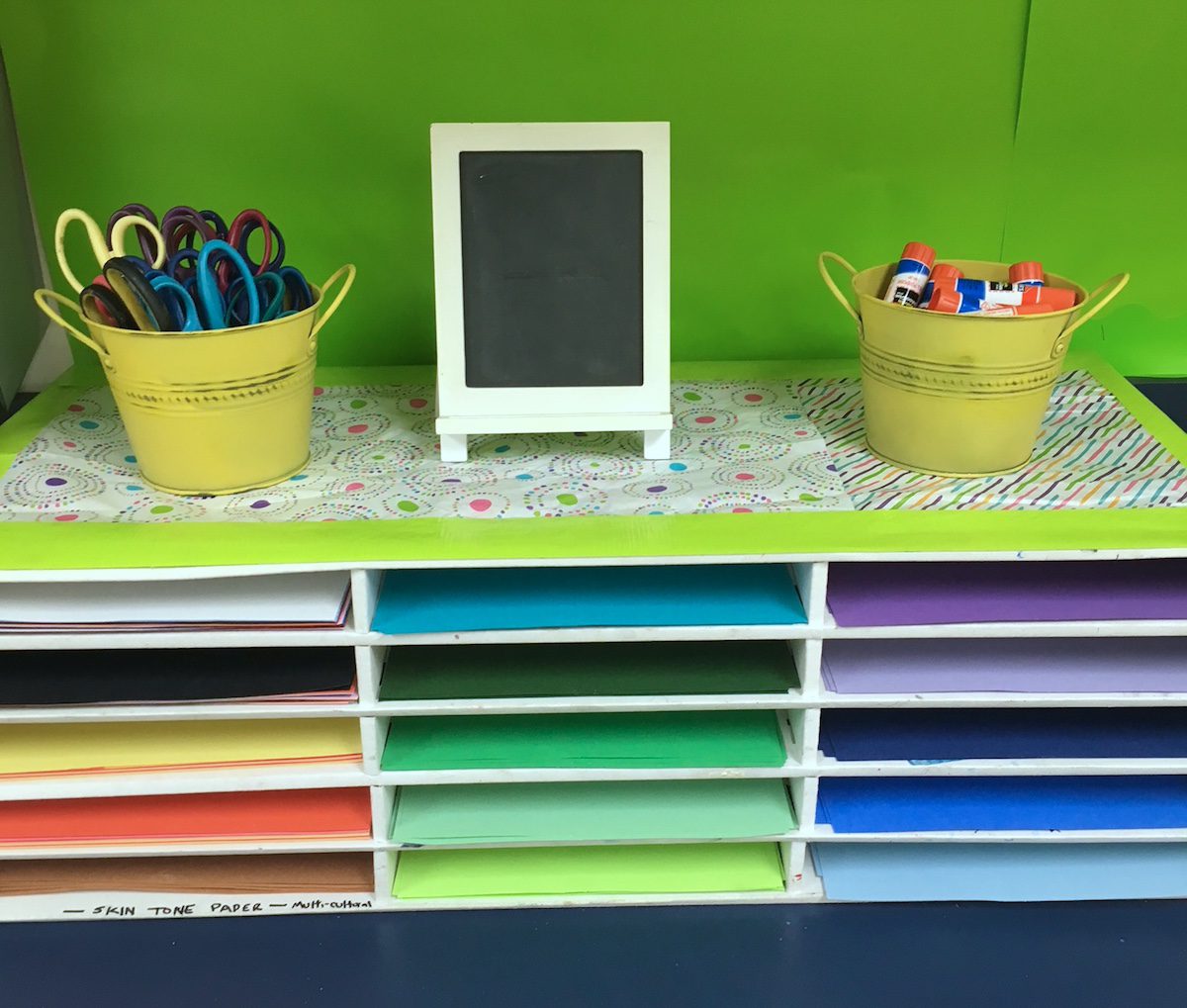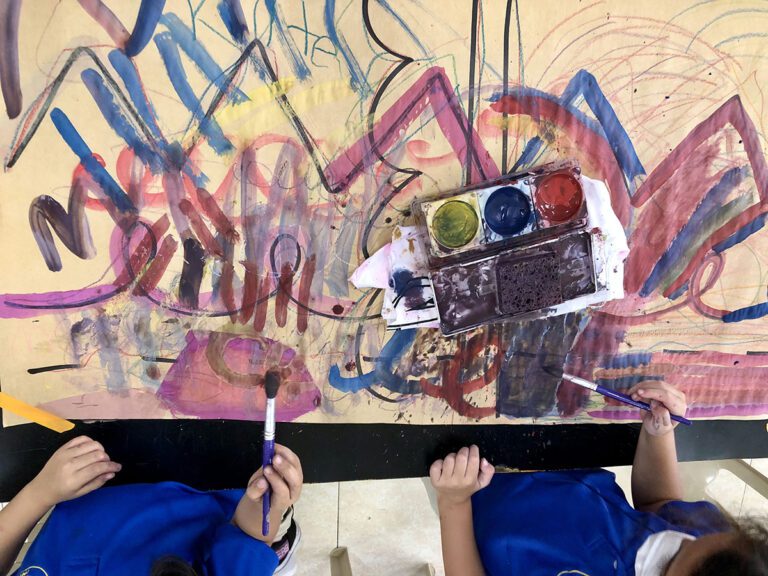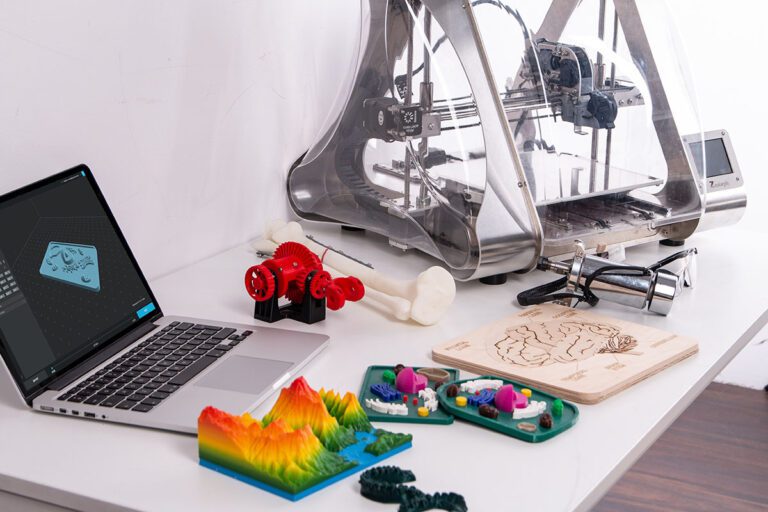Art education plays a pivotal role in child development. While each teacher must decide the philosophy that works best for their classroom, I am a huge advocate of choice-based art education. If you are not familiar, choice-based art education promotes the importance of giving students choice over their learning in the art room.
In this way, choice-based art has many benefits. It allows students to grow at their own pace and gives them the opportunity to respond to their own ideas. They can gain a wide range of knowledge and skills while creating deeply personal artwork. That said, every philosophy comes with its own set of challenges and successes.
Let’s take a look at 10 things no one tells you about being a choice-based art teacher.
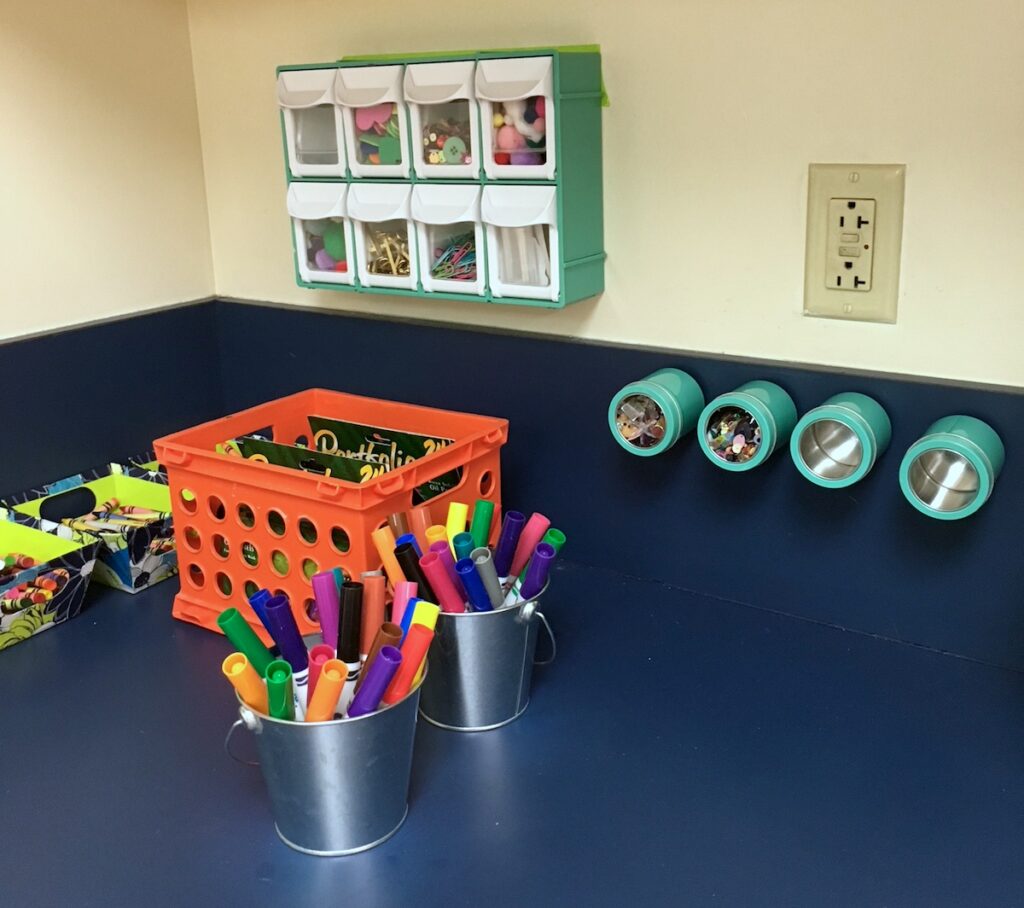
1. Your students will teach you new things.
When I began giving my students more choice, I never thought they would teach me as well. I love it when my students explore art processes and mediums and show me new things.
For instance, I once had a student use two materials in an unconventional way, resulting in beautiful work. The student took a dry paper towel, dipped it in watercolor trays, and pressed it onto their paper to get stunning stamped effects.
After this student shared their work with me, I had them teach the class what they had discovered. The rest of the class loved trying out this new technique.
2. You will have to advocate for your program to other art teachers.
We all know we must advocate for our programs to our district leaders, school administrators, parents, and coworkers. However, after transitioning to a new philosophy, I found myself standing up for the type of art created in my classroom to other art teachers as well.
This is because the work created in my class is not as polished as teacher-led lessons. Furthermore, one big misconception in choice-based classrooms and TAB classrooms is that students do not learn skills. This is inaccurate, as many TAB art rooms have strong structures in place for management, resources, and skill-building.
Being confident and well-versed is helpful as you share with others the benefits of your program. Students still get a well-rounded art education and learn necessary skills through demonstrations, skill-building activities, and their own explorations and reflections.

3. Your classroom supplies may look different.
While I still stock a variety of supplies, I have found they look different now. For example, I find myself letting my elementary students use things like glue guns and special scissors to cut boxes. I have also added things like charcoal pencils, a documentation station, and a crate full of still-life objects. As you explore having a choice-based room and learn your students’ interests, you will likely find yourself offering supplies you may not have offered in the past.
4. Your budget may be more flexible.
Furthermore, how I used my classroom supply budget changed once I transitioned to a TAB classroom. No longer did I have to buy large quantities so every student could work with the same supply at the same time. Now, I can buy smaller quantities. This allowed me to add a wider range of specialty supplies. For example, I could buy metallic and neon markers in addition to the standard colors.
5. There will be less prep work for projects.
A wonderful benefit of having a classroom that promotes choice is you can set all of your supplies out buffet-style. Organizing your supplies into centers, such as drawing, collage, and painting allows for you and your students to see what is available. It also makes it easier for students to get their own supplies. This saves time as you don’t have to prep specific amounts of materials for specific lessons.
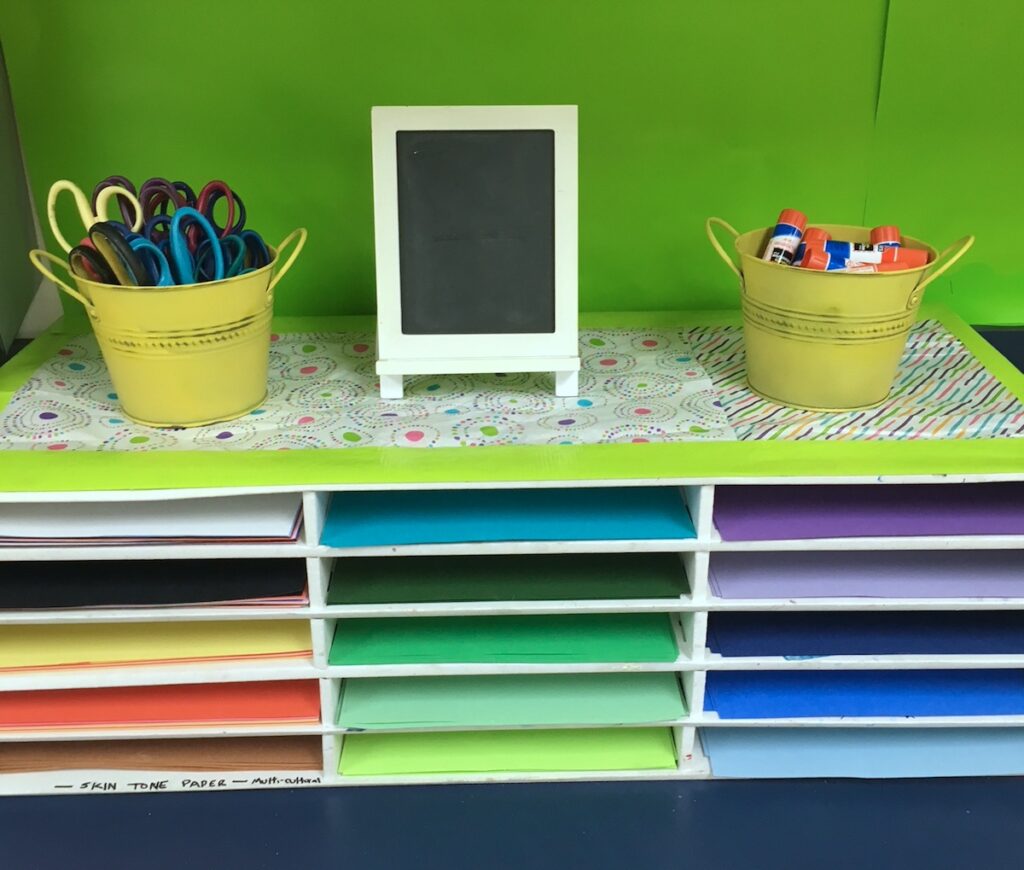
6. Your students’ confidence will begin to grow.
When given the opportunity to make their own decisions when it comes to subject and media, students will impress you. As they explore, grow, and share, students will continue to gain more confidence in their artmaking and presentation skills. When students invest more of themselves in their work, they often want to talk about it with others.
7. You will get to know your students better.
Giving my students art lessons without choice let me see how well they followed directions. But, those lessons didn’t let me into their personal thoughts. Now, my students create work inspired by their memories, interests, and personal lives. The more I give my students choice, the more I get to know them as individuals.
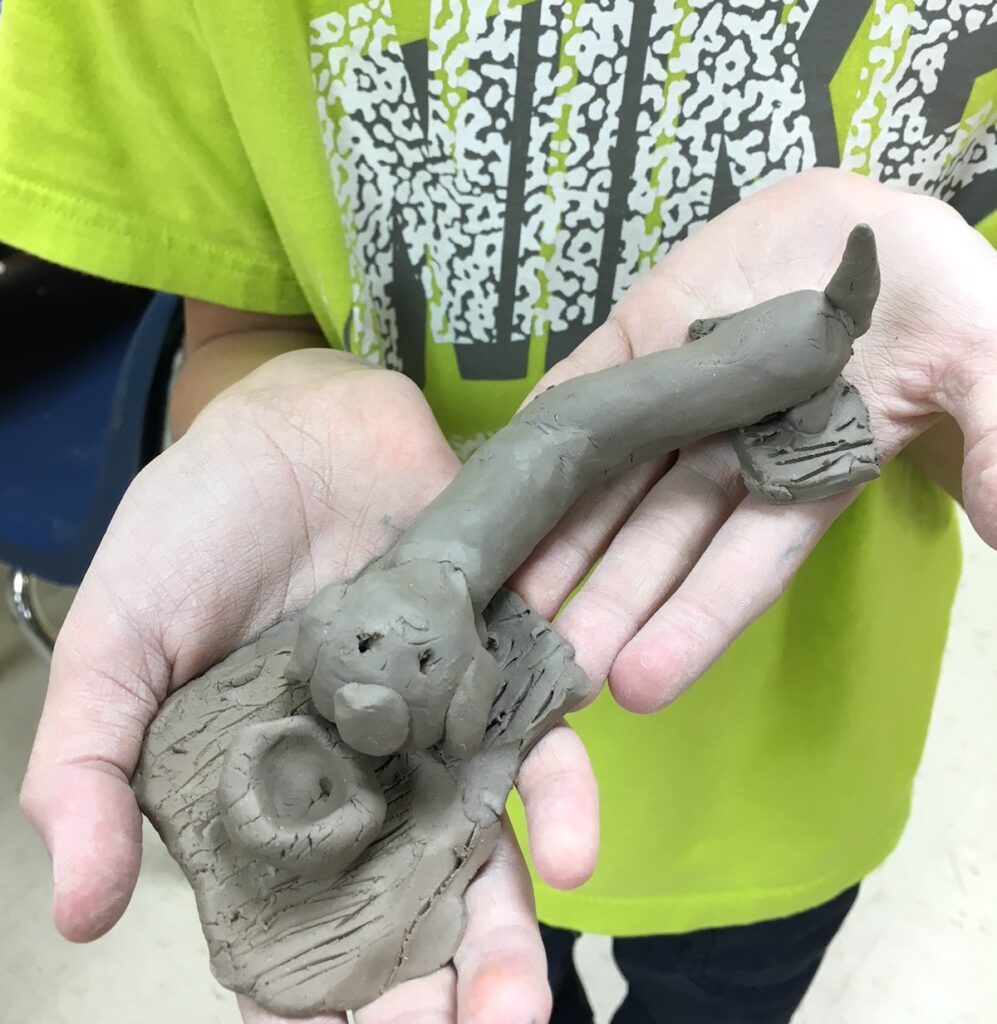
8. Classroom management will improve.
You will notice that many more of your students are on-task and engaged. The students are more invested because they have ownership over their work. The little arguments begin to diminish, and the student who used to just rush through is taking more time. I’ve experienced this benefit myself and have heard similar stories from other choice-based teachers.
9. This approach takes the 4 Cs to the next level.
The 4 Cs are more popular than ever as more educators and employers see the importance of creativity, communication, collaboration, and critical thinking. When students get to have more choice, they are thinking even more critically, building their creative capacity, communicating more often, and collaborating with other students. It is a great benefit to share when advocating for your program.
10. Letting go may be easier than you thought.
Initially, I was nervous about giving my students more choice instead of teacher-led projects. But, letting go ended up being easier than I thought. As time went on and we practiced various skills, my students eased into the art room so effortlessly. They took ownership over their learning and respected the art studio in a whole new way.
All in all, giving my students choice over their own learning works well in my classroom, and I am so happy to be a part of the learning that takes place.
Are you a choice-based art teacher, what else would you add to this list?
If you’re thinking about transitioning to choice, what is holding you back?
Magazine articles and podcasts are opinions of professional education contributors and do not necessarily represent the position of the Art of Education University (AOEU) or its academic offerings. Contributors use terms in the way they are most often talked about in the scope of their educational experiences.
